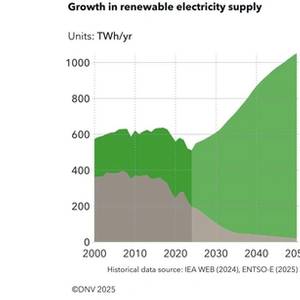
Seakeeper, Inc., a leader in marine motion control, is offering Seakeeper and Seakeeper Ride sizing and software specific to attending to the hull styles of catamarans. While catamarans offer some advantages, these boats are still susceptible to wave action and their unique hull designs can present several trade-offs such as flatter turns, increased yaw or bow steering
“With all the archival data and that real archaeological data coming together, we’ve built the most accurate virtual model ever of Monitor, and I'm not just talking just the shell of it. Every single nut and bolt is there.” Tane CasserleyThe USS Monitor was commissioned during the Civil War for the Union Navy in answer to the Confederate Navy’s new ironclad ship CSS Virginia (formerly the USS

For the first time, DNV has applied its independent Energy Transition Outlook model— incorporating the latest technology trends and policy developments— to Germany.The inaugural German Energy Transition Outlook (ETO) report finds that Germany is on track to electrify nearly half of its electricity demand by midcentury. Yet, it will fall short of its 2045 climate neutrality target.